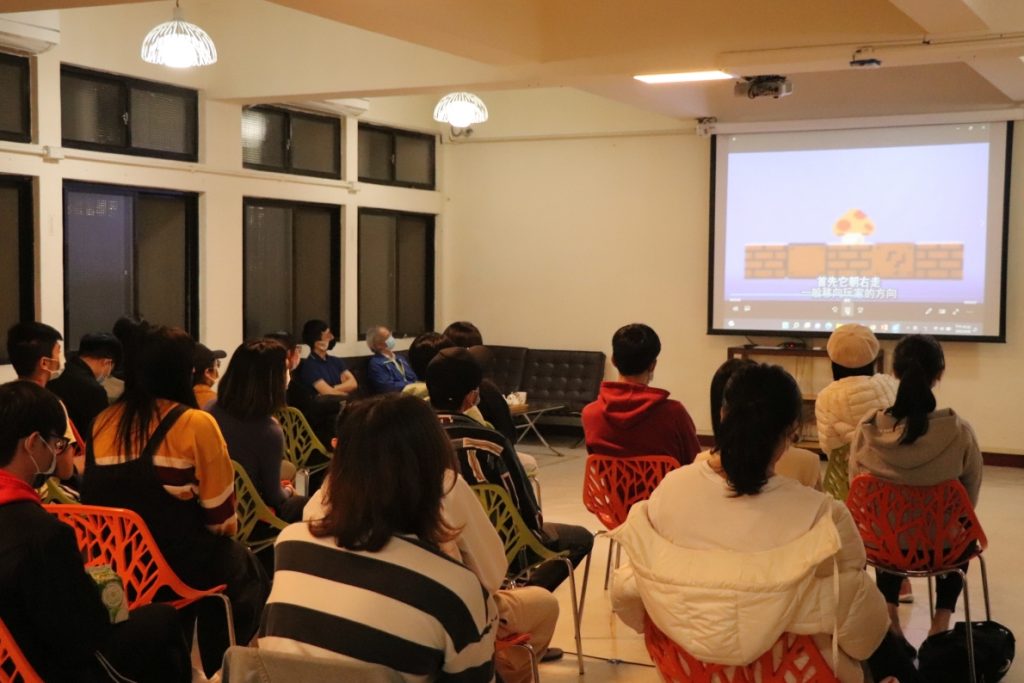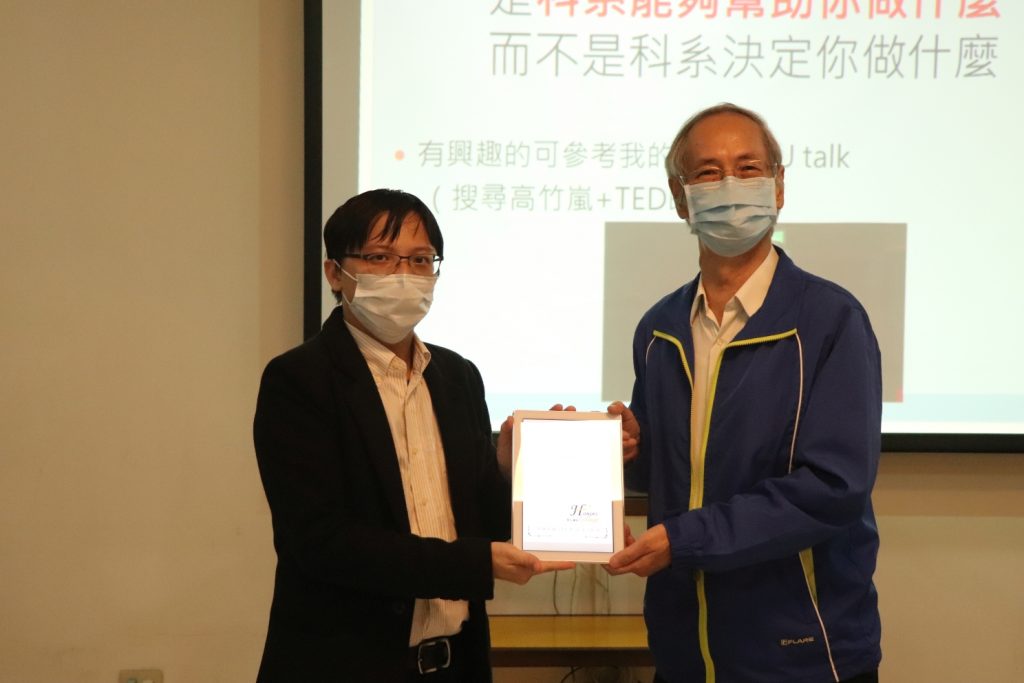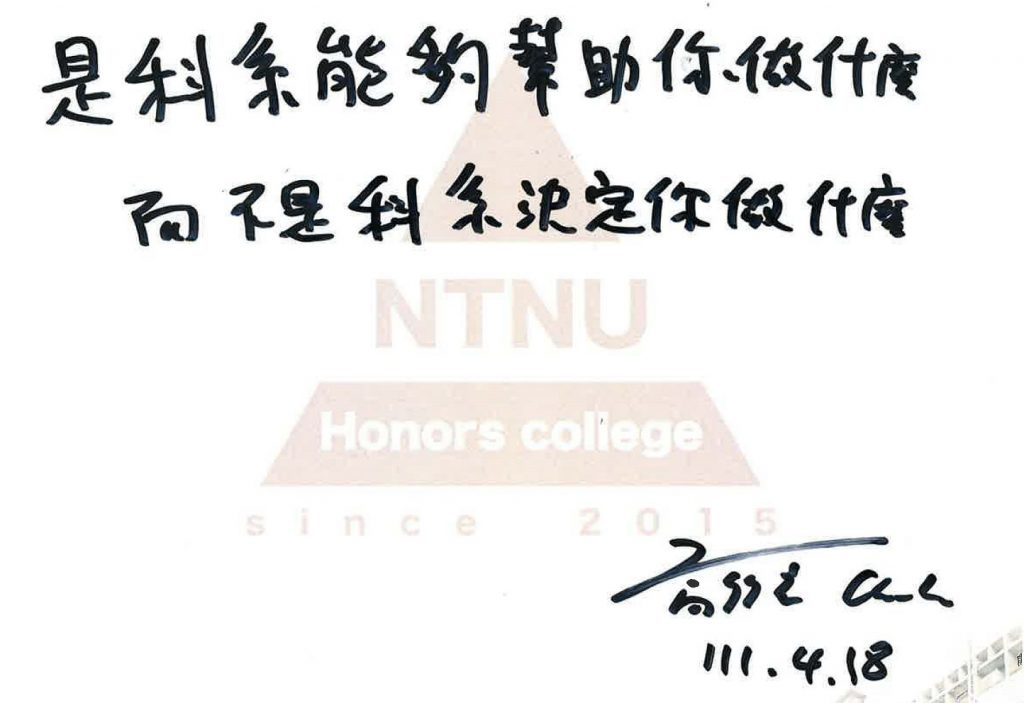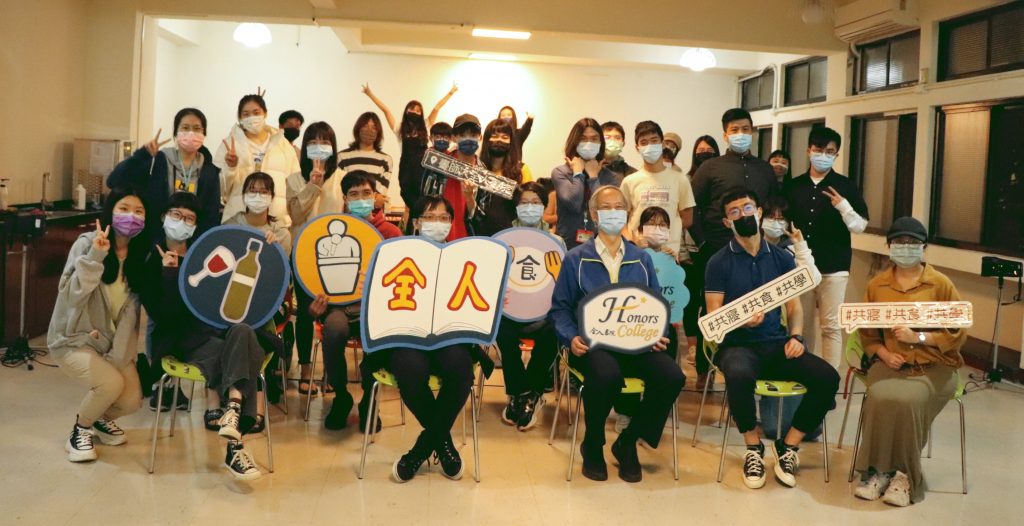Written by Cheng An-Ting, Team Leader, Junya Group, Honors College Student
Associate Professor Chu-Lan Kao from the Institute of Statistics at National Yang Ming Chiao Tung University gave a talk titled “From Board Game Design to Probability and Statistics.” She began by introducing two of the most well-known games—Mario and Dixit—and skillfully demonstrated, in a clear and accessible way, that “probability and statistics are indispensable behind the design of board games!”
She then used three board games to further illustrate the importance of probability and statistics in game design. Set – Set: The Family Game of Visual Perception is a game that trains children’s sensitivity to pattern recognition and logical classification. Players must identify sets of cards where, for a specific feature, all three cards are either completely the same or completely different—no two can be the same while the third is different. Stone Age – A classic medium-weight strategy game where players must carefully manage their limited resources to achieve the highest possible score. The game involves calculated risk-taking and resource optimization. Saint Petersburg – In this game, players use limited funds to purchase different typesof cards. Success depends on efficiently managing card types to generate income and accumulate points, requiring careful planning and strategic decision-making.
Through these various examples, it became clear that many gameplay issues stem from underlying mathematical problems. This is why having experts in mathematics and statistics on a game design team is essential—to prevent numerical bugs that could lead to games ending too quickly or falling into unsolvable situations. Such flaws can impact not only the gaming experience but also pose problems for the entire production line. Therefore, a comprehensive playtesting process is crucial in board game development to prevent potential issues from arising in the future.
In addition, within game theory—specifically the Prisoner's Dilemma—the police arrest two suspects, A and B, but lack sufficient evidence to convict either of them. As a result, the suspects are held in separate cells, and the police offer each of them the same set of options:
First, if one suspect testifies against the other while the other remains silent, the one who testifies will be released, and the silent one will be sentenced to ten years in prison.
Second, if both suspects remain silent, they will each be sentenced to six months in prison.
Third, if both suspects testify against each other, they will each be sentenced to two years in prison.
Here, there exists a dominant strategy equilibrium, and the final outcome is “Pareto optimal” when both suspects, A and B, remain silent. This is because it is impossible to improve one’s situation without harming the other. Example: QVO.VADIS?
However, from the perspective of German-style board games, “we do not want a game to have a fixed dominant strategy, because that would make players repeat the same actions over and over.” Additionally, “we do not want a game to have a fixed mixed strategy equilibrium, as it would allow someone to simply relax on the sidelines and still win by acting sporadically.” Examples of such games include Werewolf and Three Kingdoms Kill (San Guo Sha).
Finally, Professor Kao wanted to leave everyone with this thought: "It is what your field of study can help you do, not what your field of study decides for you!" Inspired by the spark created when mathematics, probability, and board games come together, I believe that the creation of every board game is no easy task. I hope that in the future, whenever we play board games, we can remember to appreciate and support those who work silently behind the scenes. Likewise, when researching board games, let us not forget the professionals who use mathematics and probability to solve various problems for everyone.
Encouragement from Associate Professor Chu-Lan Kao to the students: "It is what your field of study can help you achieve, not what your field of study decides for you."
Link to the news report by our campus reportershttps://pr.ntnu.edu.tw/news/index.php?mode=data&id=20740




